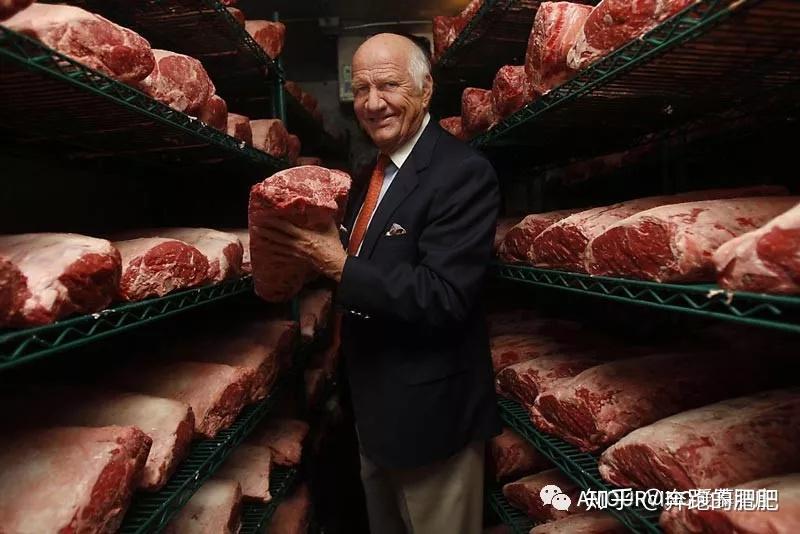Boneless Prime Rib Recipe Reverse Sear: The Ultimate Guide to a Perfectly Cooked Prime Rib
Guide or Summary:Why Choose the Reverse Sear Method?Ingredients for Boneless Prime Rib Recipe Reverse SearStep-by-Step Instructions Prepare the Prime Rib Pr……
Guide or Summary:
- Why Choose the Reverse Sear Method?
- Ingredients for Boneless Prime Rib Recipe Reverse Sear
- Step-by-Step Instructions
- Prepare the Prime Rib
- Preheat the Oven
- Cook the Prime Rib
- Rest the Meat
- Sear the Prime Rib
- Slice and Serve
- Additional Tips for Success
For those who cherish the art of cooking, achieving the perfect prime rib is a culinary milestone. The method of reverse searing has gained popularity among chefs and home cooks alike for its ability to deliver a beautifully cooked piece of meat with a delightful crust. This guide will walk you through the boneless prime rib recipe reverse sear process, ensuring that your prime rib is nothing short of extraordinary.
Why Choose the Reverse Sear Method?
The reverse sear method involves cooking the meat at a low temperature before searing it at high heat. This technique offers several advantages:
1. **Even Cooking:** By slowly bringing the meat to the desired internal temperature, you ensure that it cooks evenly throughout, avoiding the common problem of having a well-done exterior and a rare center.
2. **Better Flavor:** The slow cooking process allows the meat to retain its juices, leading to a more flavorful and tender prime rib.
3. **Perfect Crust:** The final sear at high heat creates a deliciously crispy crust that contrasts beautifully with the tender interior.
Ingredients for Boneless Prime Rib Recipe Reverse Sear
To prepare a boneless prime rib using the reverse sear method, you will need the following ingredients:
- 1 boneless prime rib roast (4-6 pounds)

- Kosher salt
- Freshly ground black pepper
- Garlic powder
- Fresh rosemary (optional)
- Olive oil or butter
Step-by-Step Instructions
1. Prepare the Prime Rib
Remove the boneless prime rib from the refrigerator at least an hour before cooking to allow it to come to room temperature. Pat the roast dry with paper towels. Generously season all sides with kosher salt, freshly ground black pepper, and garlic powder. If you like, you can also add finely chopped fresh rosemary for an aromatic touch.

2. Preheat the Oven
Preheat your oven to 250°F (120°C). This low temperature will ensure that the meat cooks slowly and evenly.
3. Cook the Prime Rib
Place the seasoned prime rib on a wire rack set inside a baking sheet. This setup allows air to circulate around the meat, promoting even cooking. Insert a meat thermometer into the thickest part of the roast, ensuring it does not touch any bones or fat.
Roast the prime rib in the preheated oven until it reaches an internal temperature of 120°F (49°C) for medium-rare or 130°F (54°C) for medium. This process can take anywhere from 2 to 3 hours, depending on the size of your roast.
4. Rest the Meat
Once the desired internal temperature is reached, remove the prime rib from the oven. Tent it loosely with aluminum foil and let it rest for at least 20 minutes. This resting period allows the juices to redistribute throughout the meat, ensuring a moist and flavorful roast.
5. Sear the Prime Rib
While the meat is resting, increase the oven temperature to 500°F (260°C). If you prefer, you can also use a hot cast-iron skillet for this step. Once the oven or skillet is hot, sear the prime rib for 5-10 minutes, or until a deep brown crust forms on all sides. If using a skillet, add a bit of olive oil or butter to enhance the crust's flavor.
6. Slice and Serve
After searing, let the prime rib rest for another 5 minutes. Then, slice it against the grain into thick, juicy slices. Serve immediately with your favorite side dishes and enjoy the fruits of your labor.

Additional Tips for Success
- **Use a Meat Thermometer:** A reliable meat thermometer is crucial for this recipe. It ensures that you achieve the perfect internal temperature without overcooking.
- **Season Generously:** Don't be afraid to use plenty of salt and pepper. The seasoning forms a flavorful crust that enhances the overall taste.
- **Resting is Key:** Allowing the meat to rest is essential for juicy and tender results. Skipping this step can lead to dry and tough meat.
In conclusion, the boneless prime rib recipe reverse sear method is a foolproof way to achieve a perfectly cooked prime rib with a delectable crust. By following these steps and tips, you'll impress your guests and elevate your culinary skills to new heights. Enjoy your delicious prime rib!